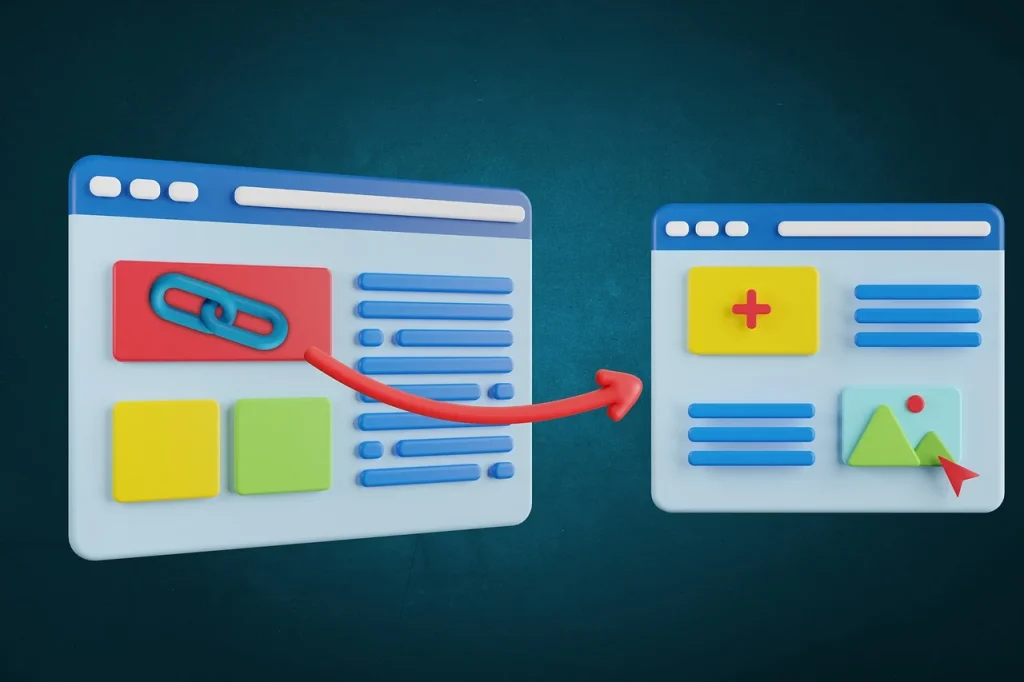
Internal linking is a crucial SEO technique that involves strategically placing links within your website to connect different pages. It helps search engine crawlers discover and index your content, improves user experience, and can boost your website’s overall authority and organic traffic. However, it’s essential to avoid common pitfalls and focus on best practices to maximize the benefits of internal linking.
What to Avoid:
- Over-Optimization:
- Keyword Stuffing: Avoid overloading anchor text with keywords. Use natural language and focus on relevance.
- Excessive Linking: Too many links on a single page can dilute their impact and confuse search engines.
- Irrelevant Links:
- Ensure that links are relevant to the content of the page they are on and the page they link to. Avoid linking to unrelated pages just to increase the number of links.
- Broken Links:
- Broken links can negatively impact user experience and search engine rankings. Regularly check for and fix broken links.
- Poor Link Structure:
- A disorganized link structure can hinder search engine crawlers and confuse users. Create a logical and hierarchical link structure.
Where to Focus:
- Strategic Placement:
- Place links strategically within your content to guide users and search engine crawlers.
- Consider using links in introductory paragraphs, concluding paragraphs, and within the main body of your content.
- Keyword-Rich Anchor Text:
- Use relevant keywords in your anchor text to help search engines understand the topic of the linked page.
- For example, instead of “Click here,” use “Learn more about SEO best practices.”
- Informative and Engaging Content:
- Create high-quality, informative content that is worth linking to.
- Ensure that the content on your linked pages is relevant and valuable to your target audience.
- Mobile-Friendly Linking:
- Optimize your internal links for mobile devices to ensure a seamless user experience. You can easily make your website responsive with UltimateWB and the built-in Responsive app.
- Regular Review and Update:
- Periodically review your internal linking structure to identify any issues or opportunities for improvement.
- Update broken links, remove outdated content, and add new links to fresh content.
By avoiding common pitfalls and focusing on these key areas, you can create a strong internal linking structure that benefits both your users and search engines. Remember, a well-optimized internal linking strategy is an essential component of a successful SEO campaign.
Related: What Makes Your Website Content “High-Quality Content”? We Spill the Tea!
What are some white hat SEO tricks and tips for boosting organic traffic?
Are you ready to design & build your own website? Learn more about UltimateWB! We also offer web design packages if you would like your website designed and built for you.
Got a techy/website question? Whether it’s about UltimateWB or another website builder, web hosting, or other aspects of websites, just send in your question in the “Ask David!” form. We will email you when the answer is posted on the UltimateWB “Ask David!” section.


